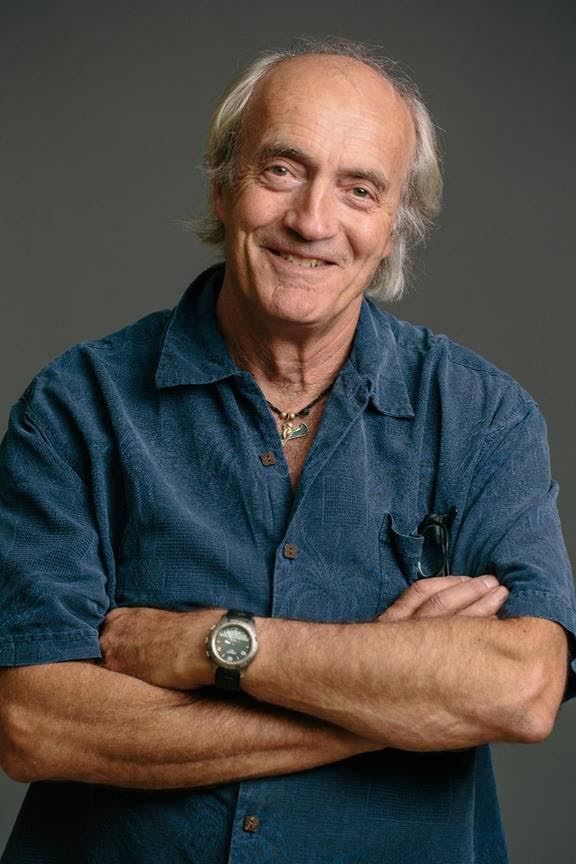
Buxton TorCHI Talk VIDEO [1:36:15]
Abstract:
To undertake effective experience design, it makes sense that we proceed as quickly as we can towards the point where we have something which can be experienced. Be it an application, device or service, it is an abstraction until we can get to this point. Hence, sketching, rapid prototyping, body storming, and in general, making, have all taken a place in our practice.
My argument is that there may be too much emphasis on such making, or synthesis activities. While it would be foolish to suggest that they do not play a vital role in design, it would be equally foolish to assume that they are sufficient. I’ll go one step further: I perceive that a premature move to making preempts the ability to “stand on the shoulders” of the large body of previous experience, which might otherwise serve to better inform our actions – including what, how, and why we do start to finally make.
Unlike virtually any other creative discipline, our basic education does not include the cultivation of a deep literacy in our own history. It appears that because the technology moves so fast, prior art verges on irrelevant. But of course, such thinking violates the fundamental tenet of human-centred design: focus on the human. Humans are not changing at Internet speed, and the challenges that technology presents today often echoes cries of despair heard as far back as Roman times … or further.
By firmly pushing my thumb down on the side of prospecting, I will attempt to balance the scale, whose making bias requires correction. I will do so using examples drawn from my own practice (and resulting collection). If successful, you leave believing that e-bay is as - or perhaps more - important to experience design than all the 3D printers in the world.
Biography: Bill Buxton
For over 40 years Bill has been exploring the path between where people and technology meet - as a designer, musician, lecturer, writer, teacher, critic and researcher. His focus has always been on the human, and his work reflects a particular interest in the creative disciplines. He believes that appropriate design is that which enhances human intelligence and creativity, not replaces it. As a practicing skeptimist, he is a devotee of Melvin Kranzberg’s first law: “Technology is neither good nor bad; nor is it neutral. It will be some combination of the two.” His corollary to this is, “Without informed design, it is more likely to lean to the bad than the good.” It is towards becoming thus informed, and enlisting others to do so as well, that both his work, and this talk, are directed.
Exhibition April 11 - 22, 2018, at Studio 888:
This presentation also serves as an introduction to The Amazing Gadget Show 2.0, elements of which serve as examples in the talk. Studio 888 in The Beaches, in Toronto. It features selections from the Buxton/Microsoft Collection. http://www.studio888.ca/artists/#/april-2018/
Presentation SLIDES TorCHI Bill Buxton Talk April 12.2018.pdf
Presentation Buxton TorCHI Talk VIDEO [1:36:15]